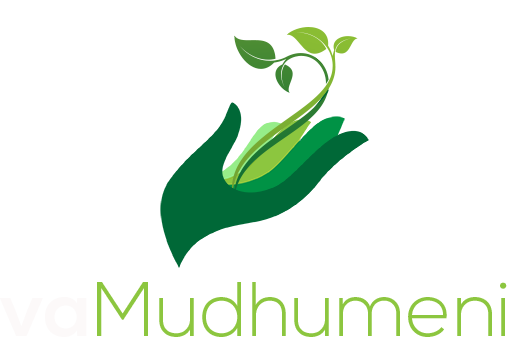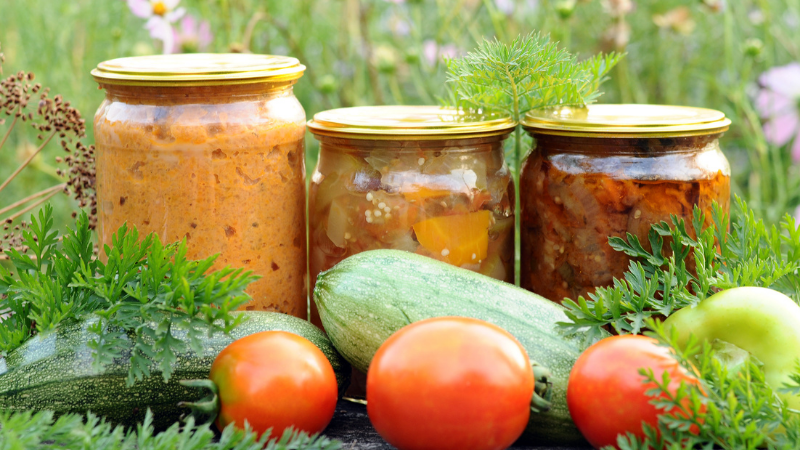By Albert Makendenge
Demand and price fluctuations as well as the need to enjoy healthy nourishment from their own farm’s for the greater part of the year certainly means that farmers have to hold onto their produce for longer than usual. Preservation techniques such as fermentation, freezing, canning and drying ensure longevity by not allowing the otherwise perishable products to go bad quickly.
The process of fermentation to preserve and store goods has been practiced for thousands of years. It involves a process called lacto-fermentation, which converts a food’s sugars into lactic acid, a natural preservative that inhibits the growth of bacteria. Lacto-fermentation also comes with added advantages of increased vitamin and enzyme levels as well as increased digestibility.
Another method of preservation is freezing. This is one of the simplest, most convenient and least time-consuming ways to preserve fresh produce. When foods are frozen, the extreme cold stops the growth of harmful micro-organisms and thus reducing spoilage.
Canning is also another method of preservation which has been used to store foods for almost 200 years. In canning, the food is boiled in a can or jar to kill all bacteria and then sealed to prevent any new bacteria from getting in. since the food in the can is completely sterile, it does not spoil.
Joining the list is also one of the earliest and easiest known practices which is drying. Drying refers to dehydrating food to remove moisture that bacteria, yeasts and molds need to grow. It can be used for most types of foods including meats, fruits and vegetables. Methods range from simply air drying through to the use of conventional ovens or electric dehydrators.
In the event of excess farm produce, farmers may also opt for the more generous way of donating to food banks that have the capacity to take them rather than just letting it go to waste.
Using one or more of these methods at farms will definitely go a long way in enhancing post-harvest loss management efforts by farmers provided they have adequate resources to preserve them.

